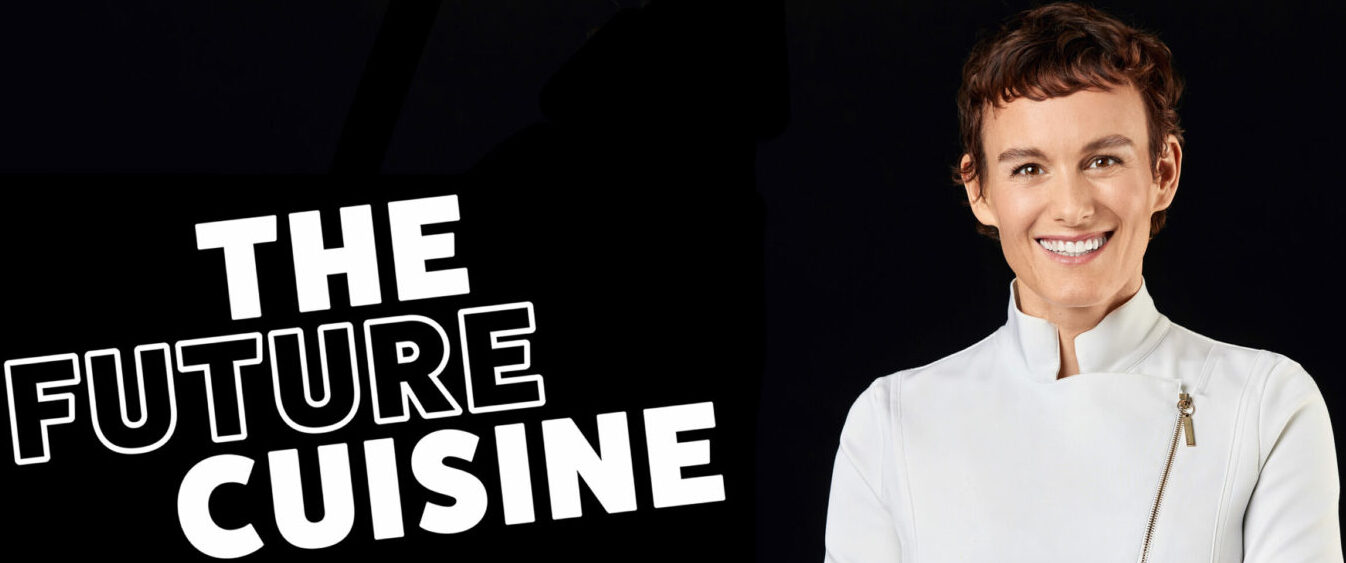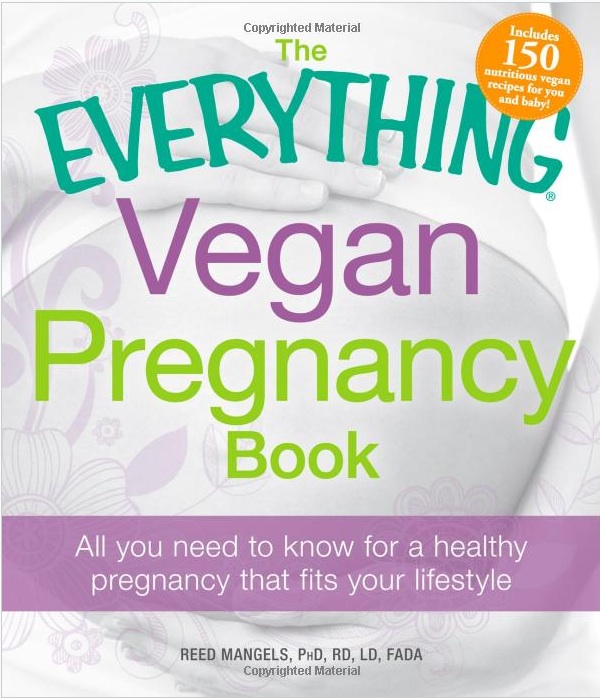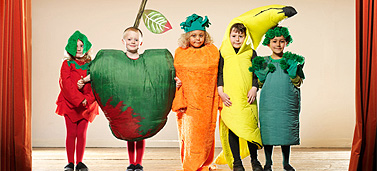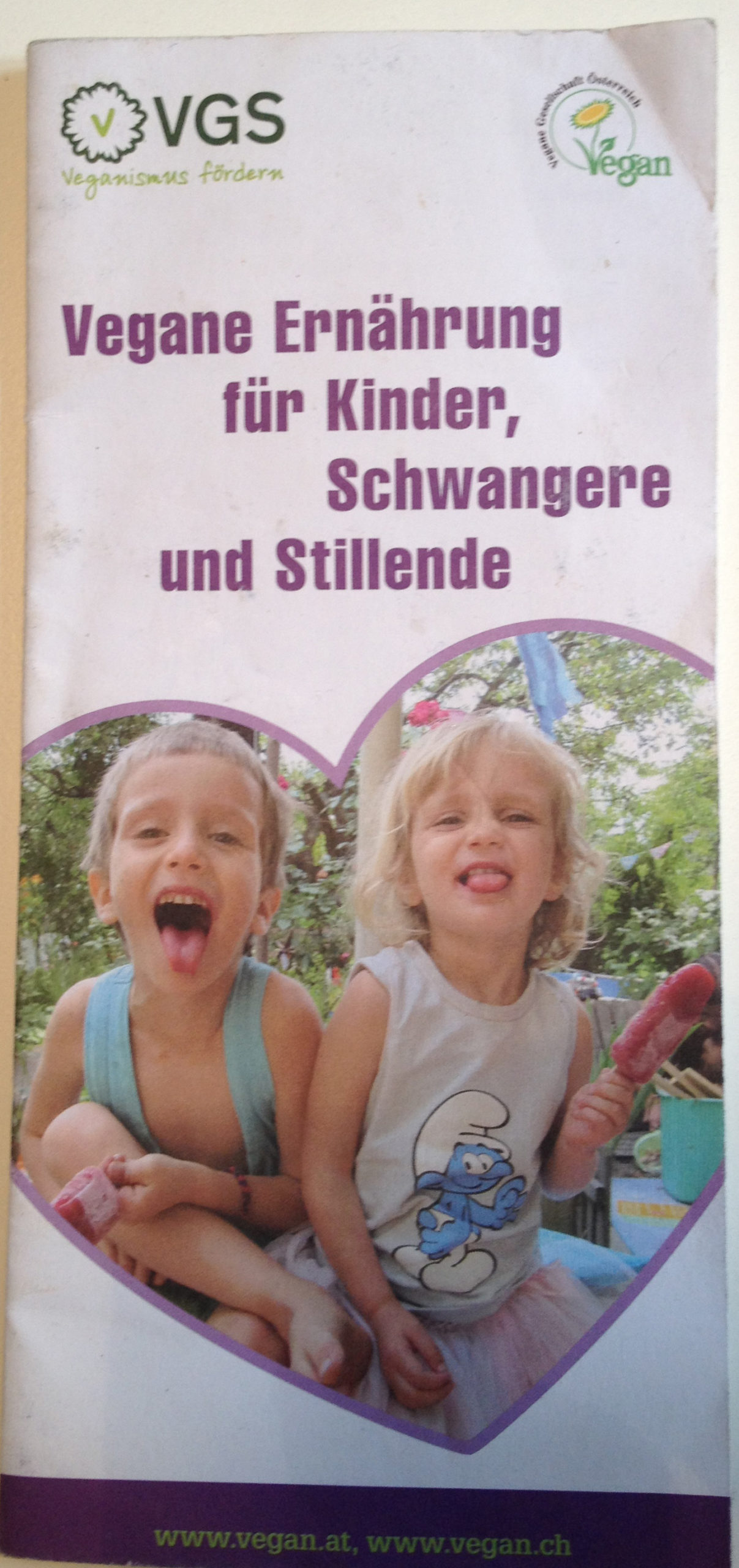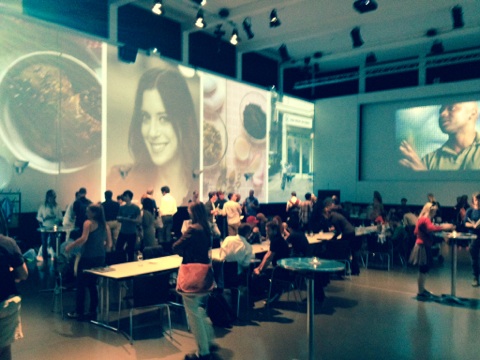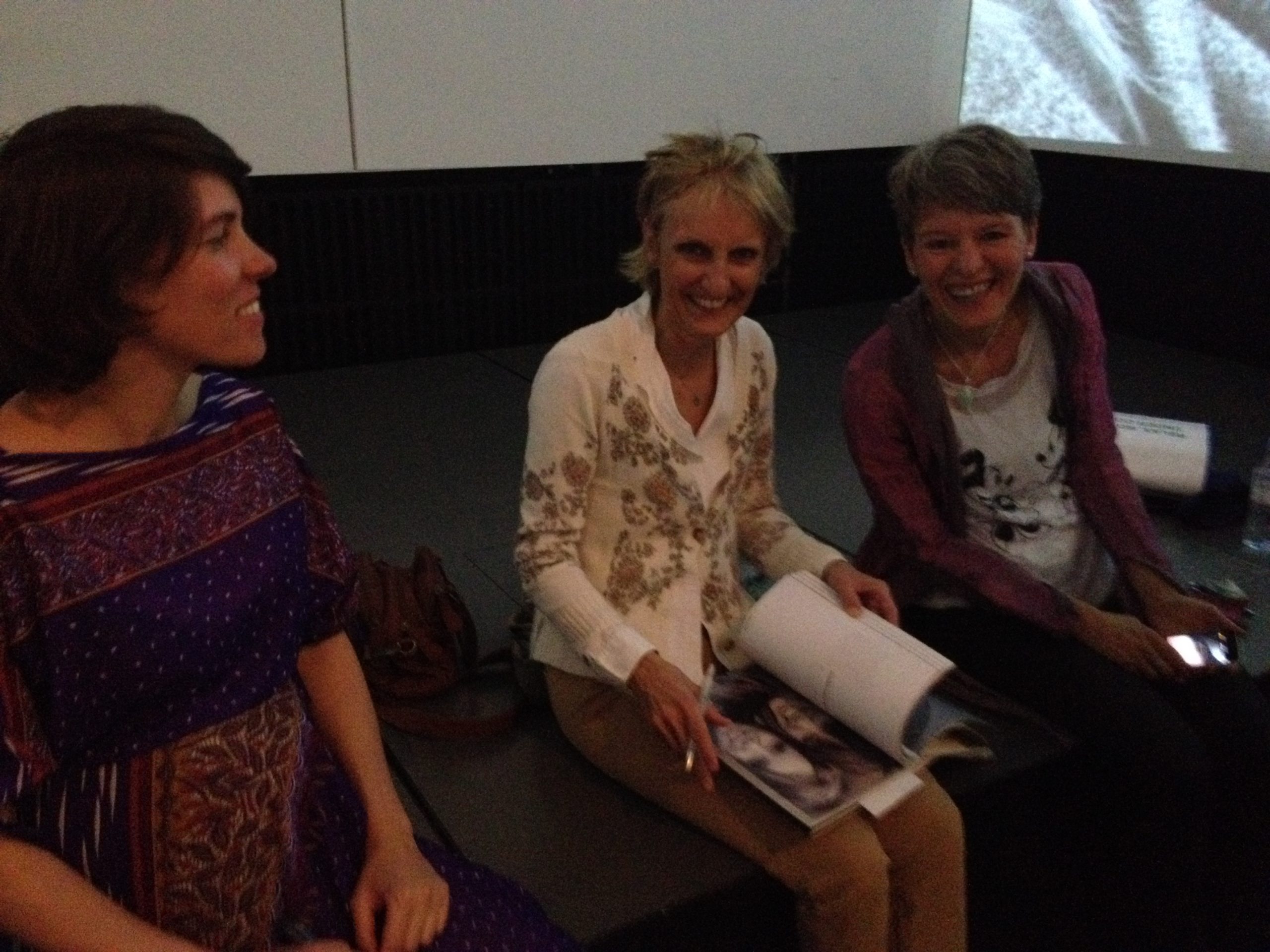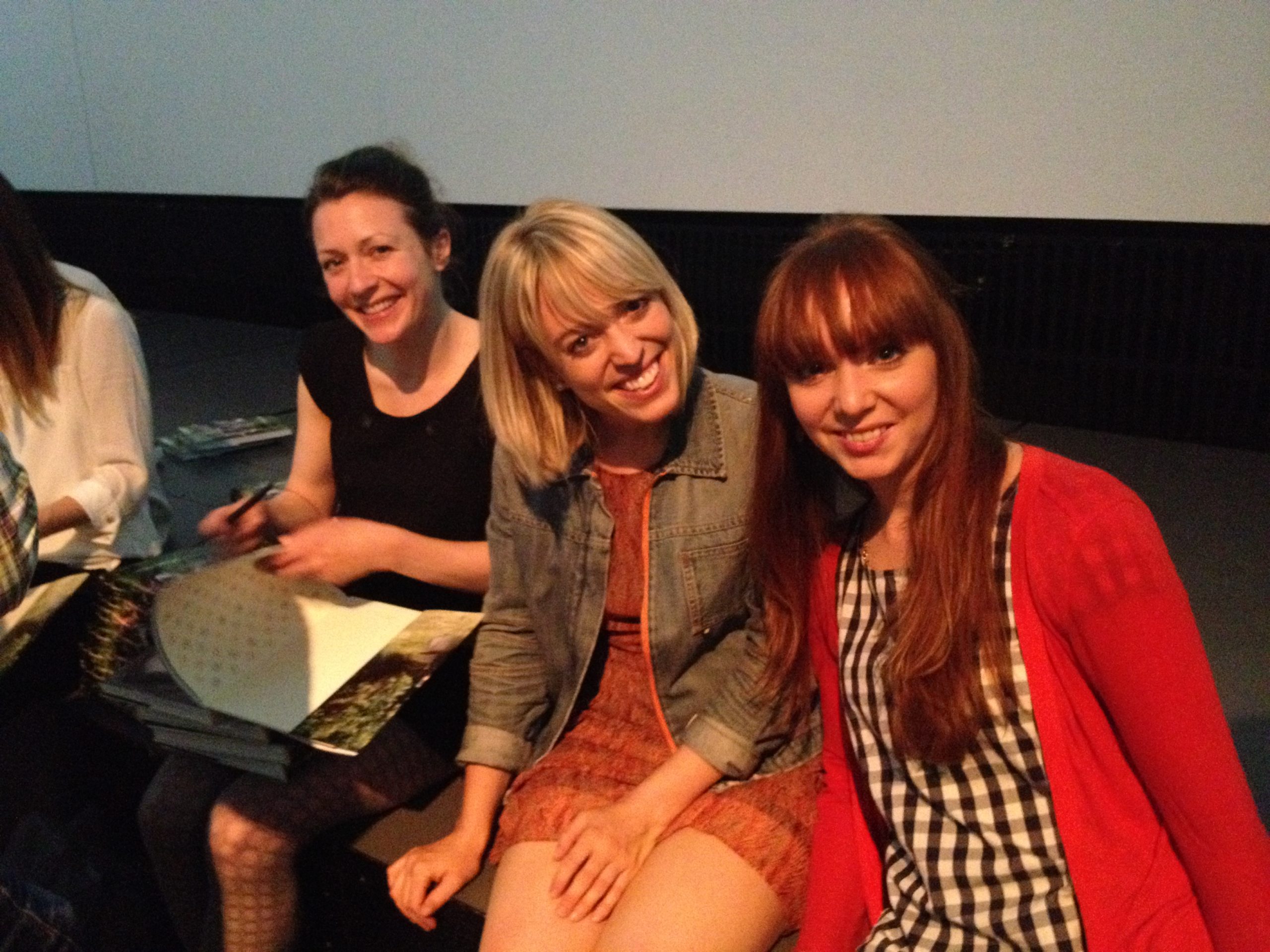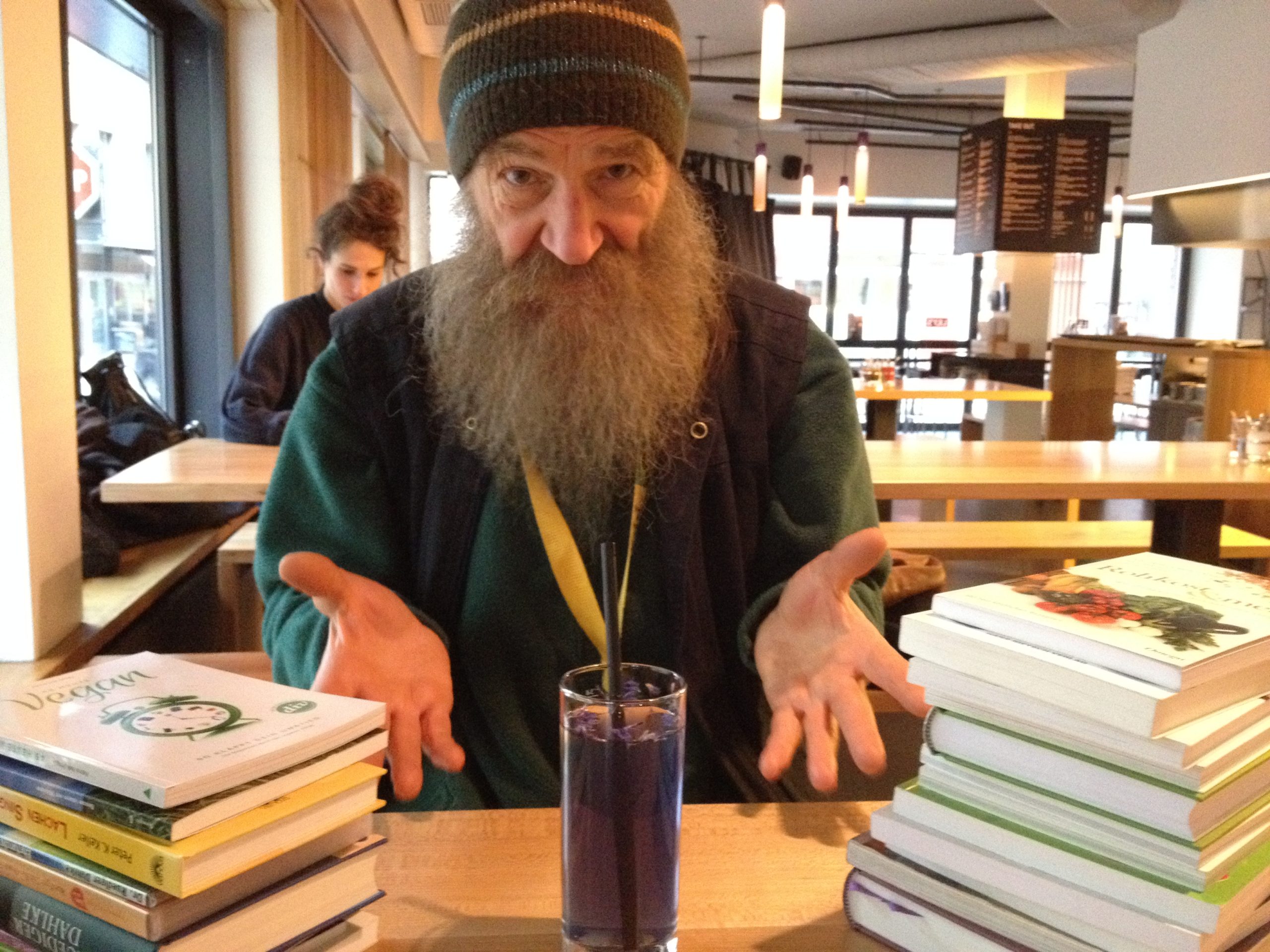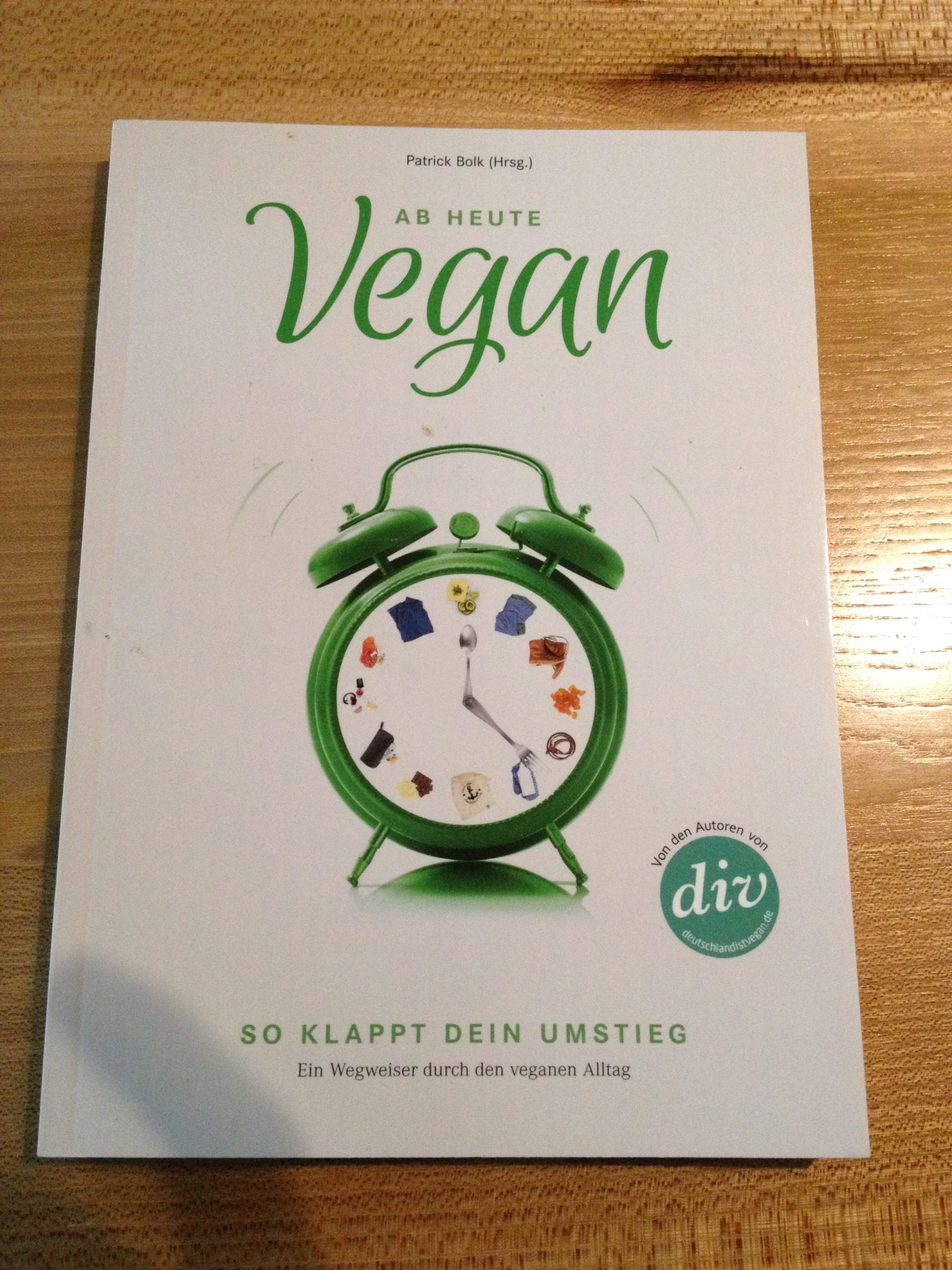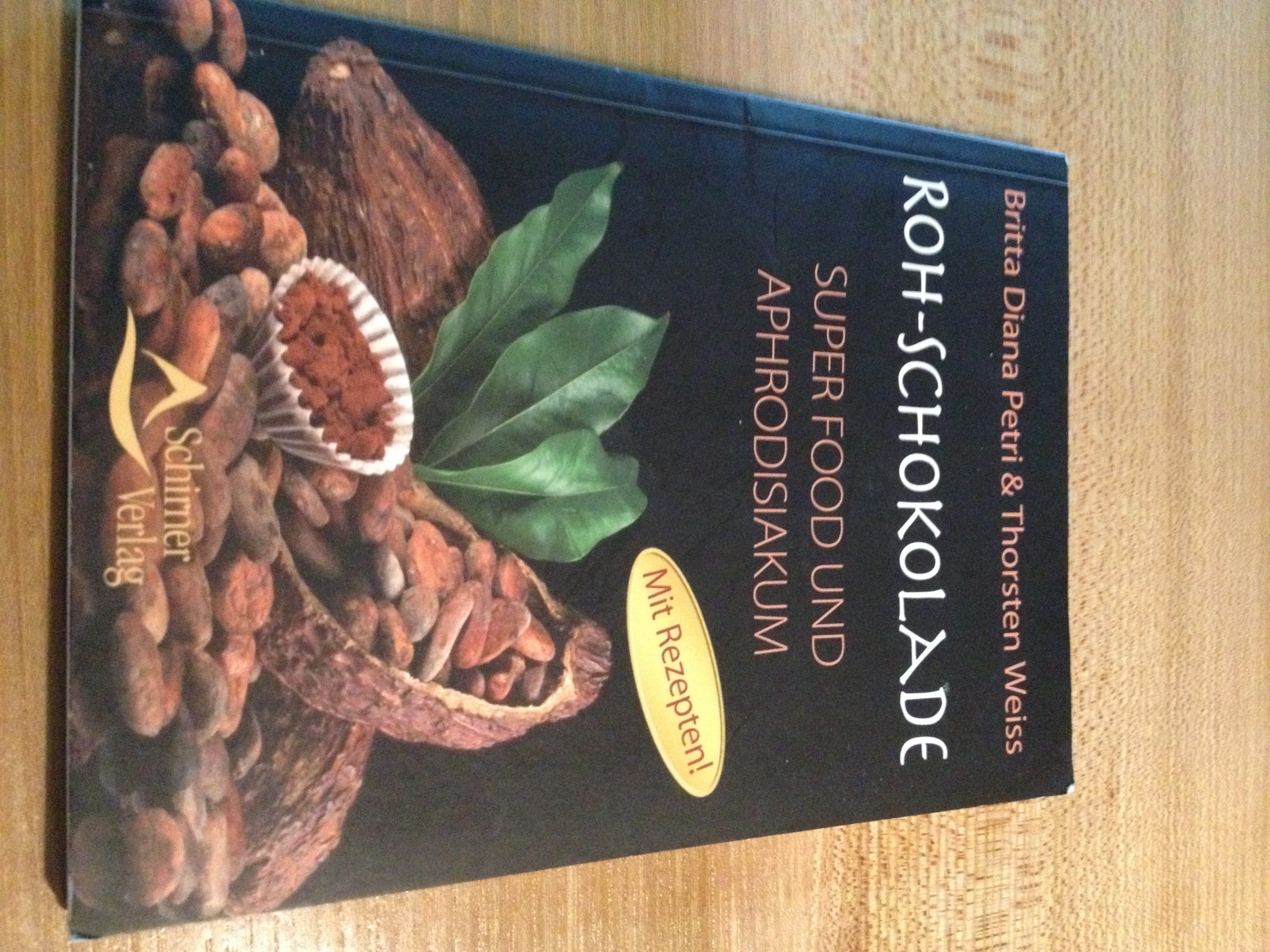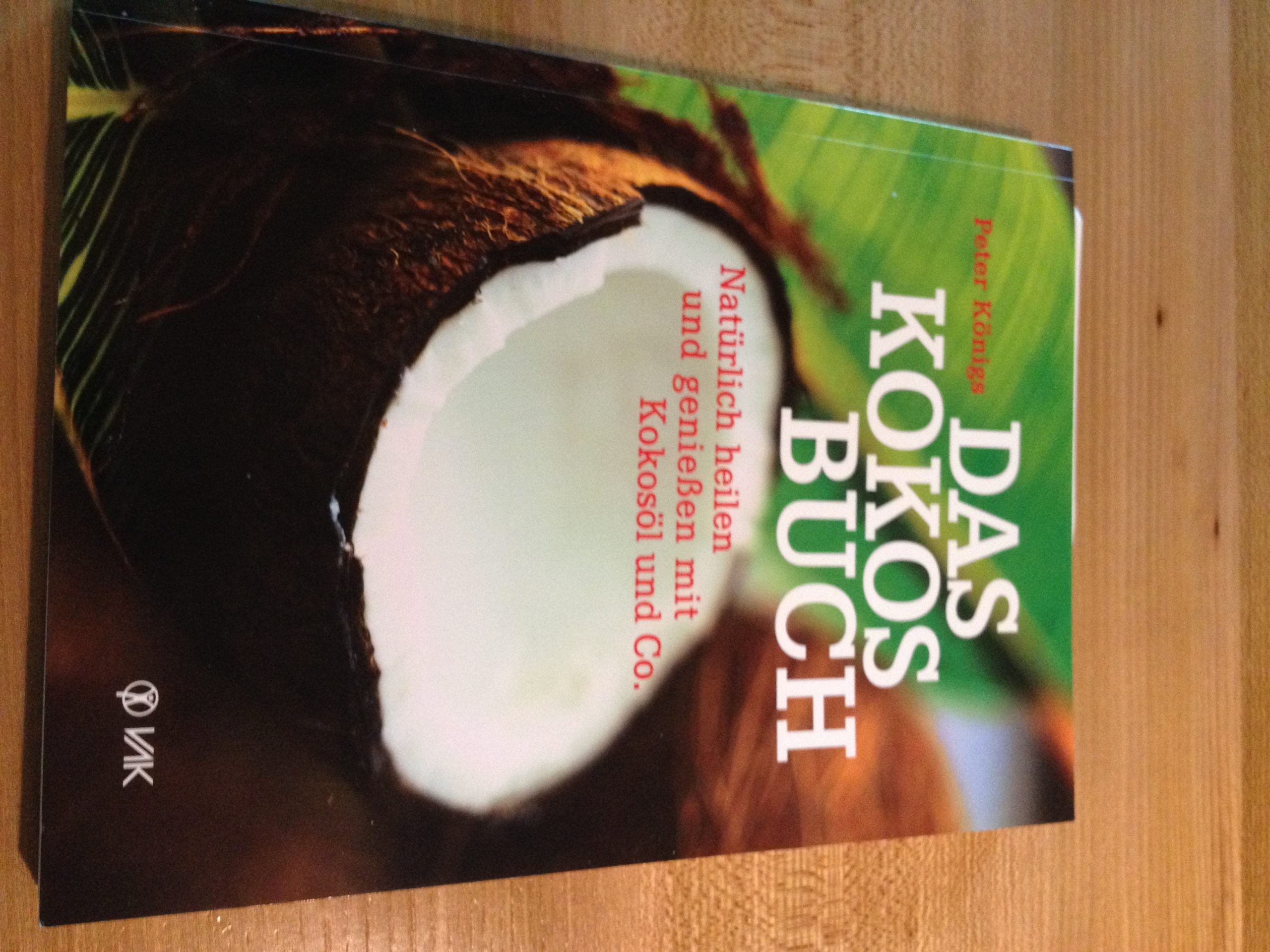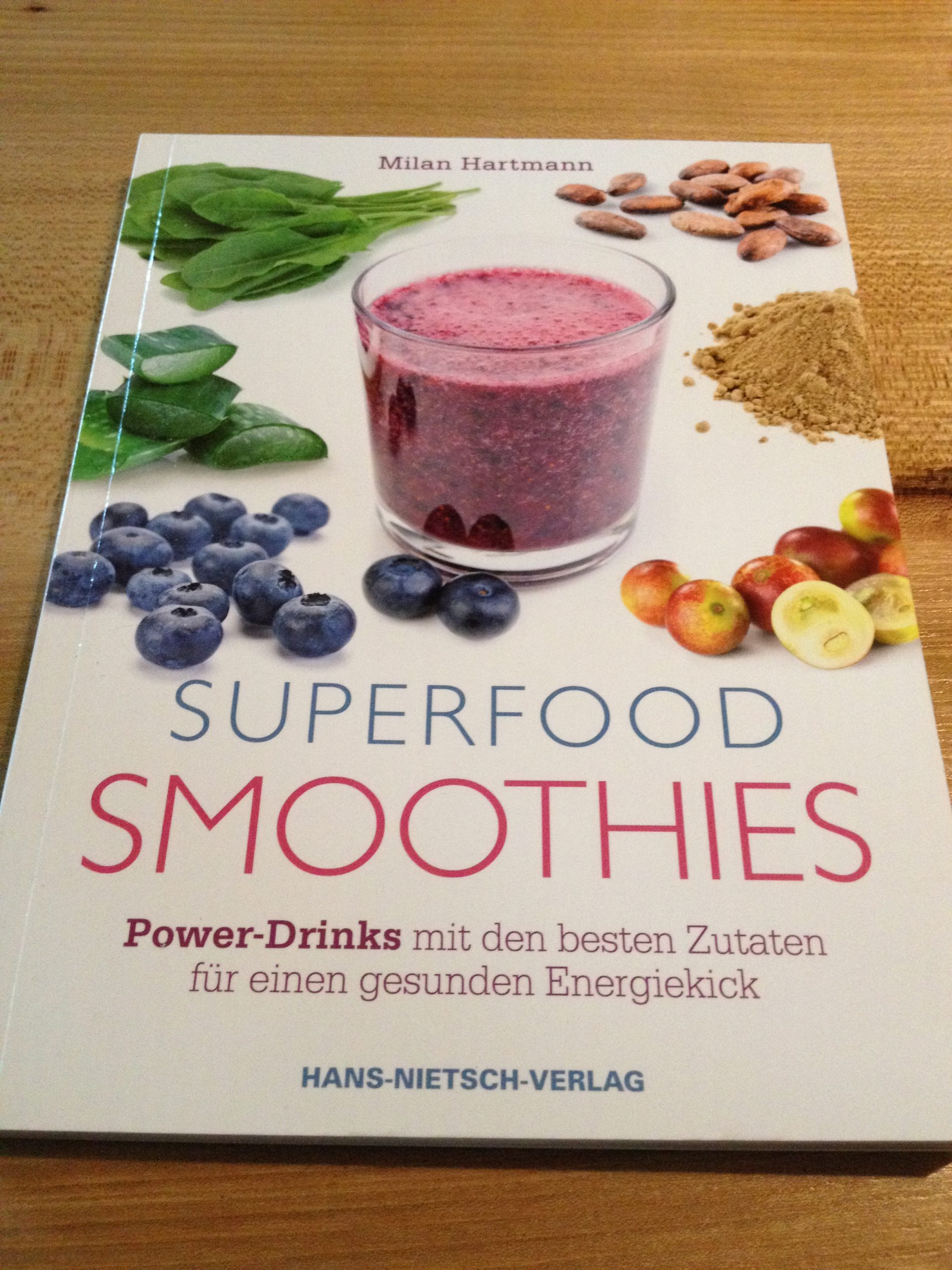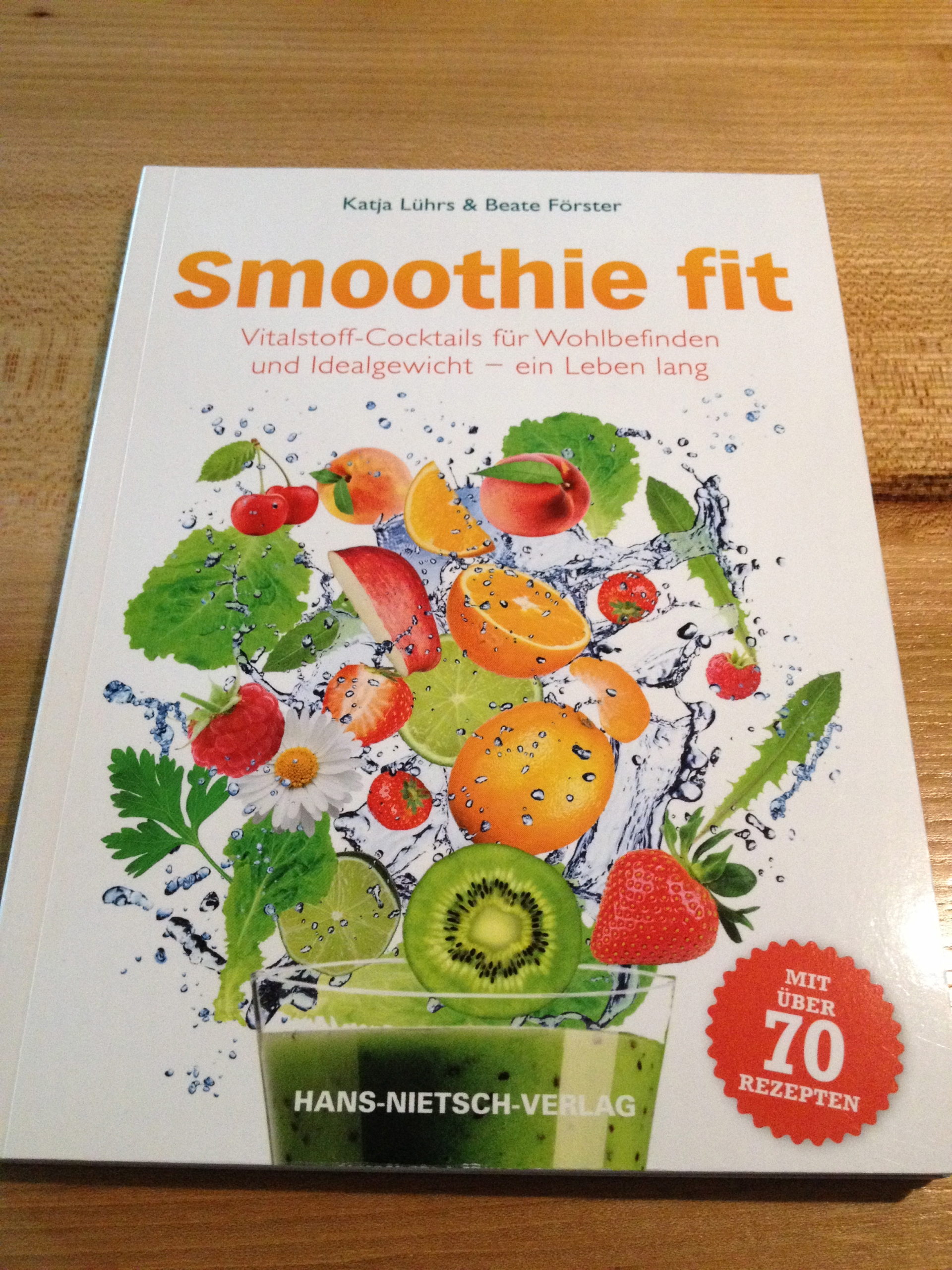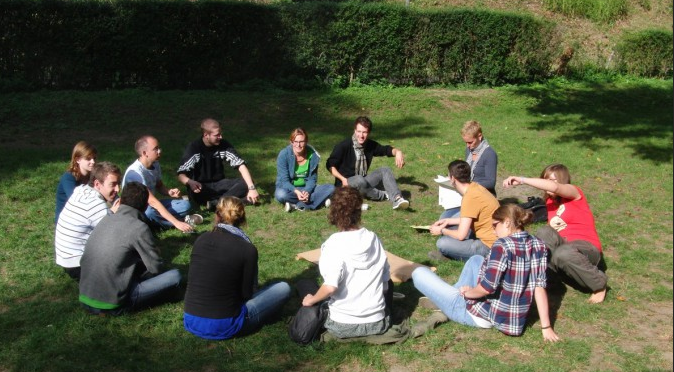We have heard from vegetarians that certain gynecologists have given the warning recommendation to eat meat again during pregnancy.
The argument that a vegetarian diet leads to dangerous iron deficiency during pregnancy if there is no meat on the plate got us thinking.
As if there wasn’t a huge country called India where millions of women have lived and continue to live with vegetarian pregnancies for hundreds of years.
During a vegan pregnancy, we recommend that you inform yourself well, read the books mentioned below and have your blood checked every one to three months for proteins in the serum (albumin) , B12 and vitamin D (25-OH) and iron metabolism (ferritin) and take supplements.
We have had good experiences with spirulina. The blue-green microale also provides plenty of iron for pregnant women in pressed form and also supplies mothers during breastfeeding. It is worth buying the organic food supplement from Naturkraftwerke, for example in a health food store. Similar products are offered cheaper on the Internet, but the sources seem dubious to us and we miss the missing organic seal. A tip for women who drink coffee: The tannin in coffee inhibits iron absorption. There should be at least one hour between taking the spirulina pellets and drinking coffee.
Unfortunately, literature on vegan pregnancy is thin on the ground in German-speaking countries. We therefore limited our recommendations to reading written in English.
Enjoy reading.
The vegan kitchen Blog likes to recommend a few books about the subject:
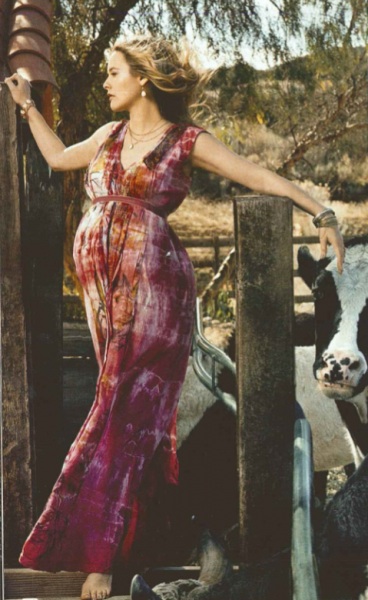
Alicia Silverstone
Plant based diet and keeping growing belly?
The exciting news of Alicia Silverstone’s vegan pregnancy broke in January 2011, shortly after the public also found out that Natalie Portman was pregnant. Alicia’s book, The Kind Diet, made waves through the vegan community in 2010 with its three recommendations on changing to a vegan diet, going from “flirting” with veganism, to “vegan,” and on to “superhero.” When you reach the superhero level in the book, there’s a focus on macrobiotic, whole food options, and while the recipes do include some ingredients that are a little harder to find in grocery stores, the food is fabulous and makes you feel amazing. The book is full of recipes, but it also has helpful tips on veganism, the foods, and staples for the kitchen. When she announced her pregnancy, she said on her website, “I’m excited about documenting this time in my life, and sharing all of my experiences with you.”
We love hearing all the positive feedback from women who have vegan pregnancies, and for Alicia Silverstone, pregnancy was very smooth, and she credits her diet. Going forward, Alicia plan to raise her child vegan, as she said to OK! Magazine, “He was grown on vegan food and we’ll continue nourishing him with a healthy diet… He’ll be eating an organic plant-based diet. I intend to take great care of his precious new baby body so I’m committed to giving him nothing but the purest and most healthy food possible. We want to keep his immune system strong so that he’ll be super healthy – which is just one of the many reasons he’ll eat vegan.”
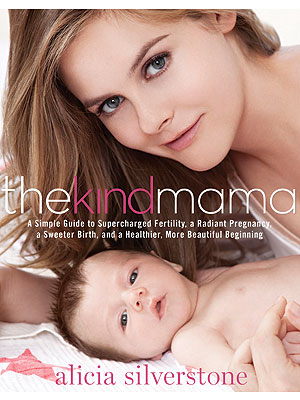
…All books are possible to order at Amazon Germany by this Link.
Plant based diet for your child after?
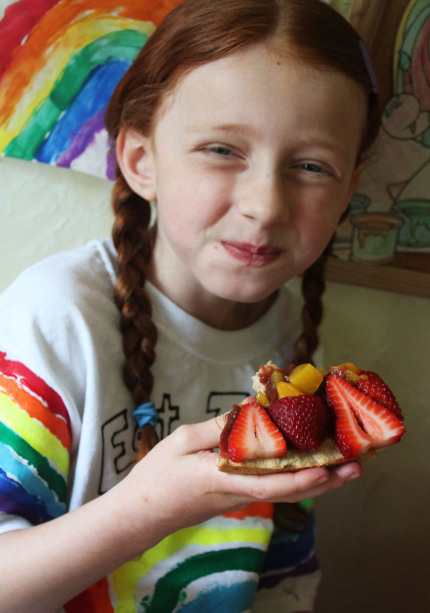
Paediatric dietician Helen Wilcock, a member of the British Dietetic Association, says she tries not to be judgmental about the rights and wrongs of vegan diets for young children, but any parent wanting to raise their child as a vegan needs to be very well-informed. “Vegan children can be deficient in vitamin D, calcium, iron and possibly vitamin B12, so they need supplements,” she says. Another difficulty is protein. “If a child eats meat and fish, it’s easy to get all the right amino acids. But if a child is getting protein from pulses, the problem is that one type of bean might not provide every amino acid, so there has to be a good balance of pulses.
Vegan Parents Switzerland Facebook Group
The Swiss Vegan Society VGS has published this brochure on the subject
vegan family blog:
Children raised as vegans-who consume no animal products, including meat, eggs, and dairy products-can easily obtain all the nutrients essential for optimum health from plant-based sources.
Hot Dogs, Heart Disease, and Upset Stomachs
Children raised on the “traditional” American diet of cholesterol- and saturated fat-laden chicken nuggets, hot dogs, and pepperoni pizza are showing unprecedented rates of symptoms of heart disease, the number-one killer of adults.1 The American Heart Association cautions parents that atherosclerosis (fatty deposits on arterial walls) can begin in early childhood and advises multiple daily servings of fruits and vegetables as one way of establishing and maintaining good heart health.2
Obesity has more than doubled in young children and tripled in adolescents in the past 30 years.
3
The Centers for Disease Control and Prevention reports an alarming increase in the number of children diagnosed with type 2 diabetes-a disease that normally affects adults-and most of those cases involve obese kids.
4
A review of recent obesity studies concluded that, even with good blood pressure and metabolic rates, “there is no healthy pattern of increased weight.”5
Acclaimed pediatrician the late Dr. Benjamin Spock wrote in his book Dr. Spock’s Baby and Child Care, “Children who grow up getting their nutrition from plant foods rather than meats … are less likely to develop weight problems, diabetes, high blood pressure, and some forms of cancer.”
6
Foodborne illnesses affect more than 48 million people annually and kill more than 3,000.
7
Consumer Reports found that 97 percent of chicken breasts that it tested “harbored bacteria that could make you sick. “8 E. coli bacteria can be deadly, especially to children, and sicken thousands of people each year, with the most common cause being the consumption of ground beef.9
Fish flesh also poses health risks. Polychlorinated biphenyls (PCBs), residual industrial compounds that can still be found in the environment, have caused cancer in animals and skin problems and liver damage in humans.
10
Fish flesh has been found to harbor levels of PCBs thousands of times higher than those in the water in which the fish live.
11
Fish also accumulate methylmercury in their bodies, and pregnant women and children have been cautioned by the Environmental Protection Agency not to eat fish flesh that may contain high levels of this toxic substance.12
Dangers of Dairy Products
The American Academy of Pediatrics recommends against giving cow’s milk to children under a year old.13 Dr. Frank Oski, the former director of pediatrics at Johns Hopkins University, goes further: “There is no reason to drink cow’s milk at any time in your life. It was designed for calves, it was not designed for humans, and we should all stop drinking it today, this afternoon.”
14
Dr. Spock agreed, saying, “[T]here was a time when cow’s milk was considered very desirable. But research, along with clinical experience, has forced doctors and nutritionists to rethink this recommendation.”15
Cow’s milk is one of the main causes of food allergies in infants and children, second only to eggs.16 Millions of Americans are lactose-intolerant, which can include symptoms such as bloating, gas, cramps, vomiting, headaches, rashes, or asthma.
17
As early as at age 2, most people begin to produce less lactase, the enzyme that helps to digest milk. This reduction can lead to lactose-intolerance.
18
Even breast-feeding infants can have digestive problems if their mothers drink milk, as the proteins can be transferred to them through the breast milk.
19
Some common childhood ailments, such as chronic ear infections, asthma, and skin conditions, can also be eliminated if cow’s milk is avoided.20
Nutrition in Vegan Diets
Nutritionists and physicians have learned that plant products are good sources of protein, iron, and calcium because they can be easily absorbed by the body and don’t contain artery-clogging fat. The Academy of Nutrition and Dietetics states that “[w]ell-planned vegan … diets are appropriate for all stages of the life cycle, including during pregnancy, lactation, infancy, childhood, and adolescence.”
21
The following is a list of nutrients and the ways that you can obtain them on a vegan diet:
- Protein: In the United States, consumption of too much protein is a much bigger issue than not getting enough. Protein deficiency is common only in countries suffering from famine. Children can get all the protein that their bodies need from whole grains in the form of oats, brown rice, and pasta; nuts and seeds, including sunflower seeds, almonds, walnuts, and spreads such as tahini and peanut butter; and legumes, including tofu, lentils, and beans.
- Iron: Some babies’ intestines bleed after drinking cow’s milk, increasing their risk of developing iron-deficiency anemia since the blood that they’re losing contains iron.
22
Formula-fed babies should be given a soy-based formula with added iron to minimize the risk of intestinal bleeding. Iron-rich foods such as raisins, almonds, dried apricots, blackstrap molasses, and fortified grain cereals will meet the needs of toddlers and children 12 months and older. Vitamin C helps the body absorb iron, so foods rich in both-such as green, leafy vegetables-are particularly valuable.23 - Calcium: Broccoli, kale, tofu, dried figs, tahini, great northern beans, blackstrap molasses, and fortified orange juice and soy milk are all excellent sources of calcium. As with iron, vitamin C will help your child’s system absorb calcium efficiently.
- Vitamin D: Cow’s milk does not naturally contain vitamin D-it’s added later. Vitamin D-enriched soy milk provides this nutrient without the animal fat. A child who spends as little as 10 to 15 minutes three times a week playing in the sunshine, with arms and face exposed, will also get sufficient vitamin D because it is synthesized in the skin when the skin is exposed to sunlight.24
- Vitamin B12: Whereas other primates get their necessary vitamin B12 from dirt, unchlorinated water, feces, and insects, commercially available B12 tablets will ensure an adequate amount of the vitamin for your child.
25
Vitamin B12 is also found in fortified soy milk and many cereals.
What You Can Do
A healthy vegan diet is easy to plan and maintain. Products fortified with calcium, vitamin D, and vitamin B12 are available in most grocery stores. Mock meats, which can be especially appealing to kids, are also readily available in most grocery stores and many restaurants. For tips on tempting your kids with delicious vegan dishes, visit
PETA.org
and check out the following additional resources.
Related Books
- Skinny Bitch: Bun in the Oven by Rory Friedman and Kim Barnouin (Running Press, 2008)
- The Compassionate Cook by PETA and Ingrid E. Newkirk (Warner, 1993)
- Dr. Spock’s Baby and Child Care by Benjamin Spock and Steven J. Parker (Pocket Books, 2004)
- The Everything Vegan Pregnancy Book by Reed Mangels (Adams Media, 2011)
- The Kind Mama by Alicia Silverstone (Rodale Books, 2014)
- Pregnancy, Children, and the Vegan Diet by Michael Klaper, M.D. (Gentle World, Inc., 1994)
- Raising Vegetarian Children: A Guide to Good Health and Family Harmony by Joanne Stepaniak and Vesanto Melina (McGraw-Hill, 2003)
- New Vegetarian Baby by Sharon Yntema and Christine Beard (McBooks Press, 1999)
- Vegetarian Children: A Supportive Guide for Parents by Sharon Yntema (McBooks Press, 1995)
- The Vegetarian Mother and Baby Book by Rose Elliot (Pantheon Books, 1996)
References
1DonnaL. Hoyert, Ph.D., and Jiaquan Xu, “Deaths: Preliminary Data for 2011,” National Vital Statistics Reports 6 (2012).
2AmericanHeart Association, “Cholesterol and Atherosclerosis in Children, AHA Scientific Position,” 2014.
3Centersfor Disease Control and Prevention, “Childhood Obesity Facts,” Adolescent and School Health July 10, 2013.
4National Center for Chronic Disease Prevention and Health Promotion, “Diabetes Projects,” Diabetes Public Health Resource, 30 Sept. 2008.
5CarolineKramer, et al, “Are Metabolically Healthy Overweight and Obesity Benign Conditions?: A Systematic Review and Meta-Analysis,” Annals of Internal Medicine 159 (2013) 758-69.
6Benjamn Spock and Steven J. Parker, Dr. Spock’s Baby and Child Care (New York: Pocket Books, 1998) 333.
7Centersfor Disease Control and Prevention, “CDC Estimates of Foodborne Illness in the United States,” June 21, 2013.
8“The High Cost of Cheap Chicken,” Consumer Reports, Dec. 2013.
9“Could E Coli Vaccine for Cows Cut Human Infections,”
US News and World Report
, Sept. 18. 2013.
10Agencyfor Toxic Substances and Disease Registry, “ToxFAQs for Polycholrinated Biphenyls (PCBs),” 18 Oct. 2011.
11Agencyfor Toxic Substances and Disease Registry.
12U.S. Department of Health and Human Services and Environmental Protection Agency, “What You Need to Know About Mercury in Fish and Shellfish,” Center for Food Safety and Applied Nutrition, Mar. 2004.
13U.S. National Library of Medicine and National Institutes of Health, “Cow’s Milk-Infants,” MedlinePlus Health Information, Oct. 31. 2013.
14AssociatedPress, “Dr. Spock Joins Milk’s Detractors; Nutritional Value, Safety Are Questioned,” The Washington Post, Sept. 30. 1992.
15Spockand Parker 331.
16SianLudman et al, “Managing Cows’ Milk Allergy in Children,” British Medical Journal 347 (2013): f5424.
17AmericanGastroenterological Association, “Understanding Food Allergies and Intolerances,” Apr. 2008.
18NationalDigestive Diseases Information Clearinghouse, “Lactose Intolerance,” National Institute of Diabetes and Digestive and Kidney Diseases, Apr. 2012.
19Spockand Parker 113.
20Spockand Parker 332.
21AmericanDietetic Association, “Position of the American Dietetic Association and Dieticians of Canada: Vegetarian Diets,” Journal of the American Dietetic Association June 2003.
22E.E. Ziegler, “Consumption of Cows’ Milk as a Cause of Iron Deficiency in Infants and Toddlers,” Nutrition Reviews 69 (2011): S37-42.
23U.S. National Library of Medicine and National Institutes of Health, “Medical Encyclopedia: Vitamin C,” MedlinePlus Health Information, Feb. 18. 2013.
24U.S. National Library of Medicine and National Institutes of Health, “Medical Encyclopedia: Vitamin D,” MedlinePlus Health Information, 6 Dec. 2013.
25StephenWalsh, Ph.D., “B12: An Essential Part of a Healthy Plant-Based Diet,” Food for All Our Futures, 35th World Vegetarian Congress, Heriot-Watt University, Edinburgh, Scotland, July 8-14, 2002.
Source:
